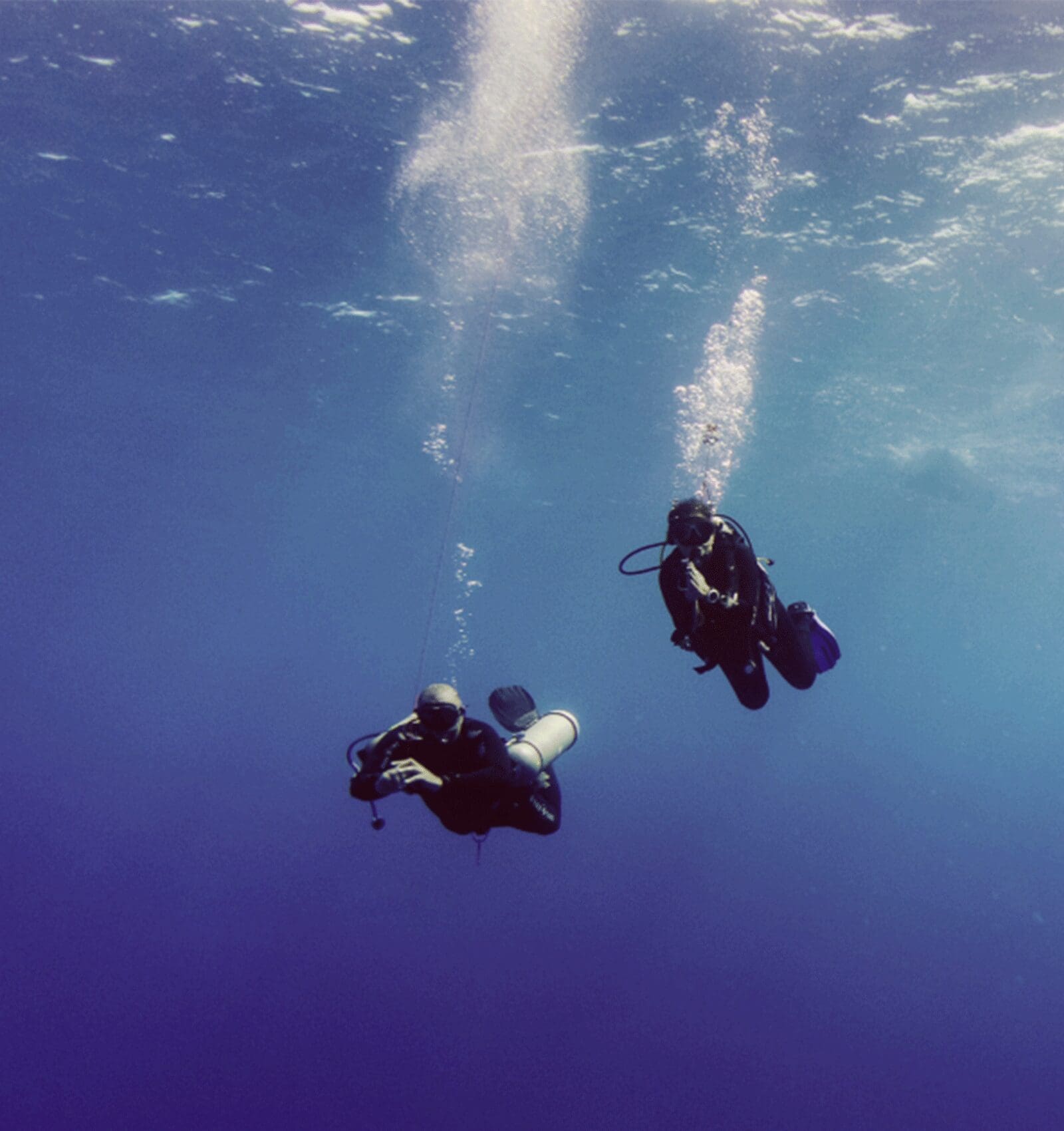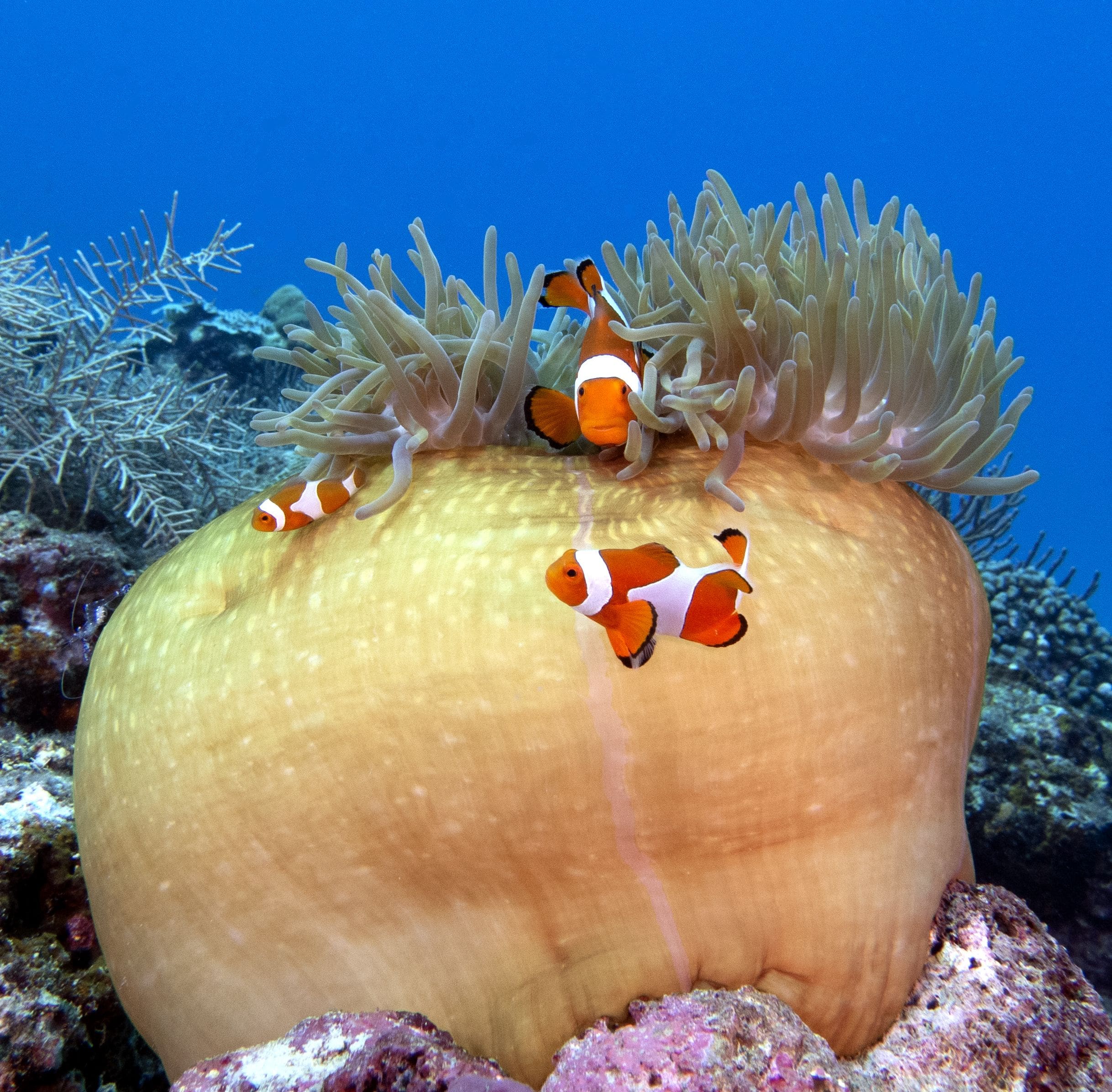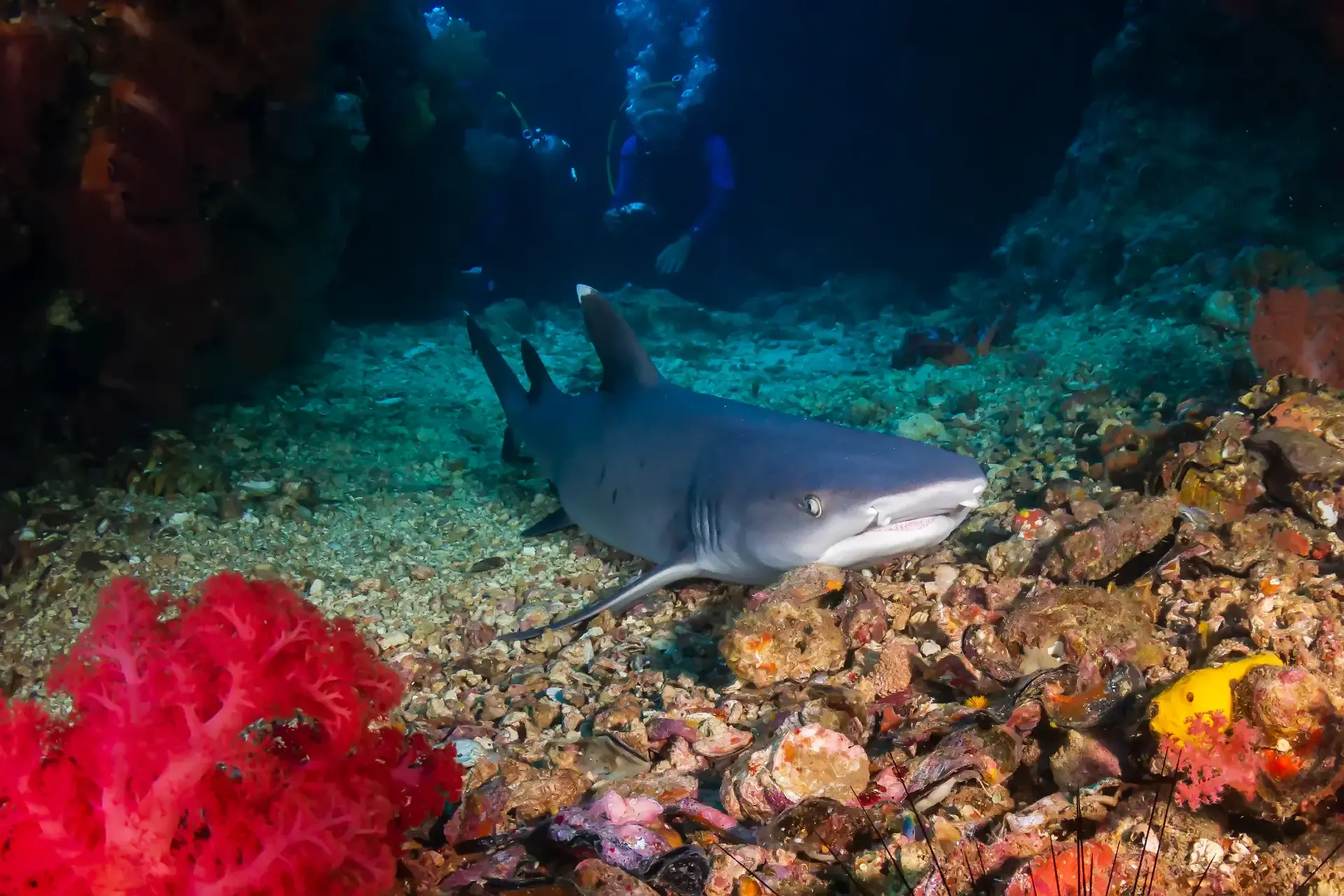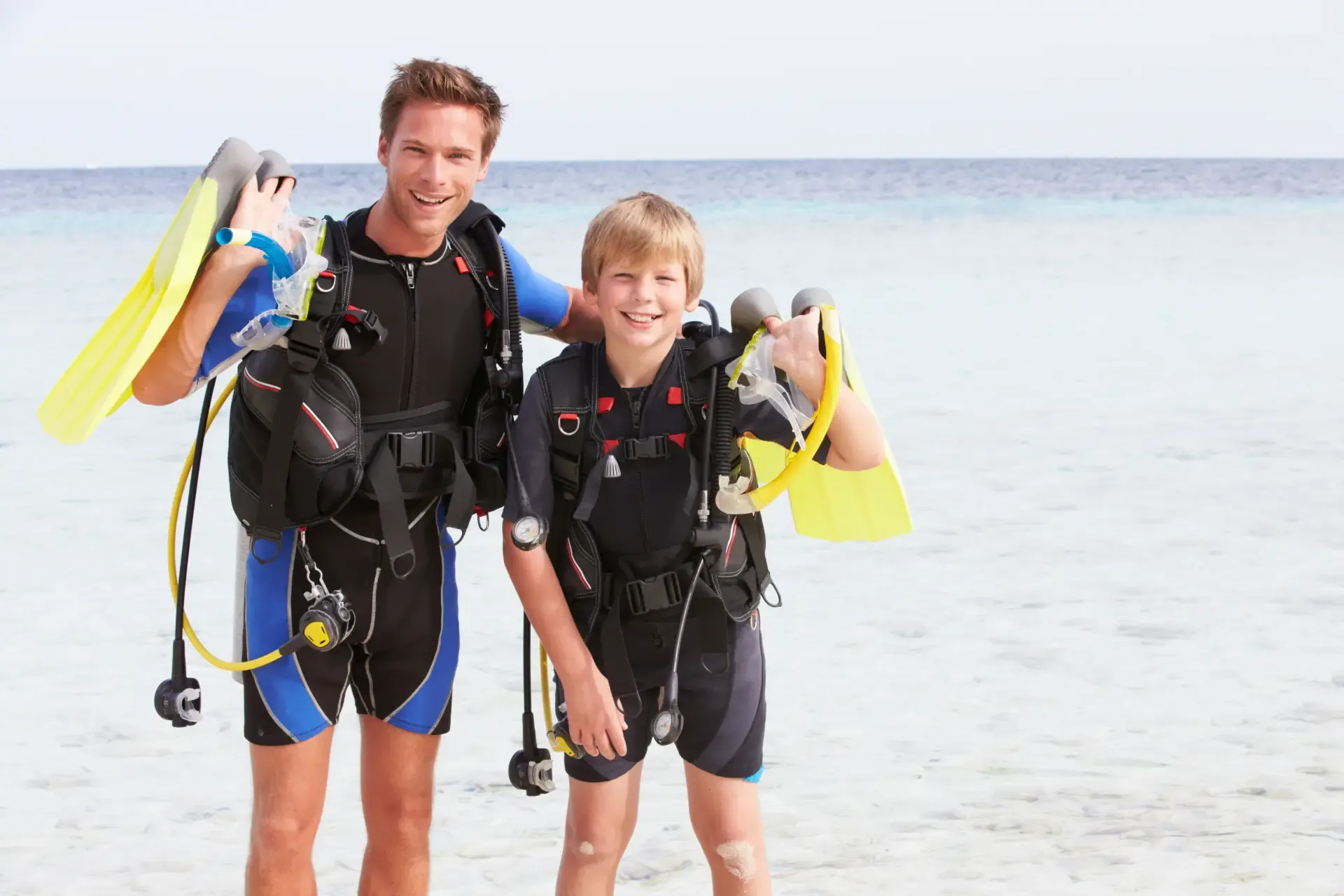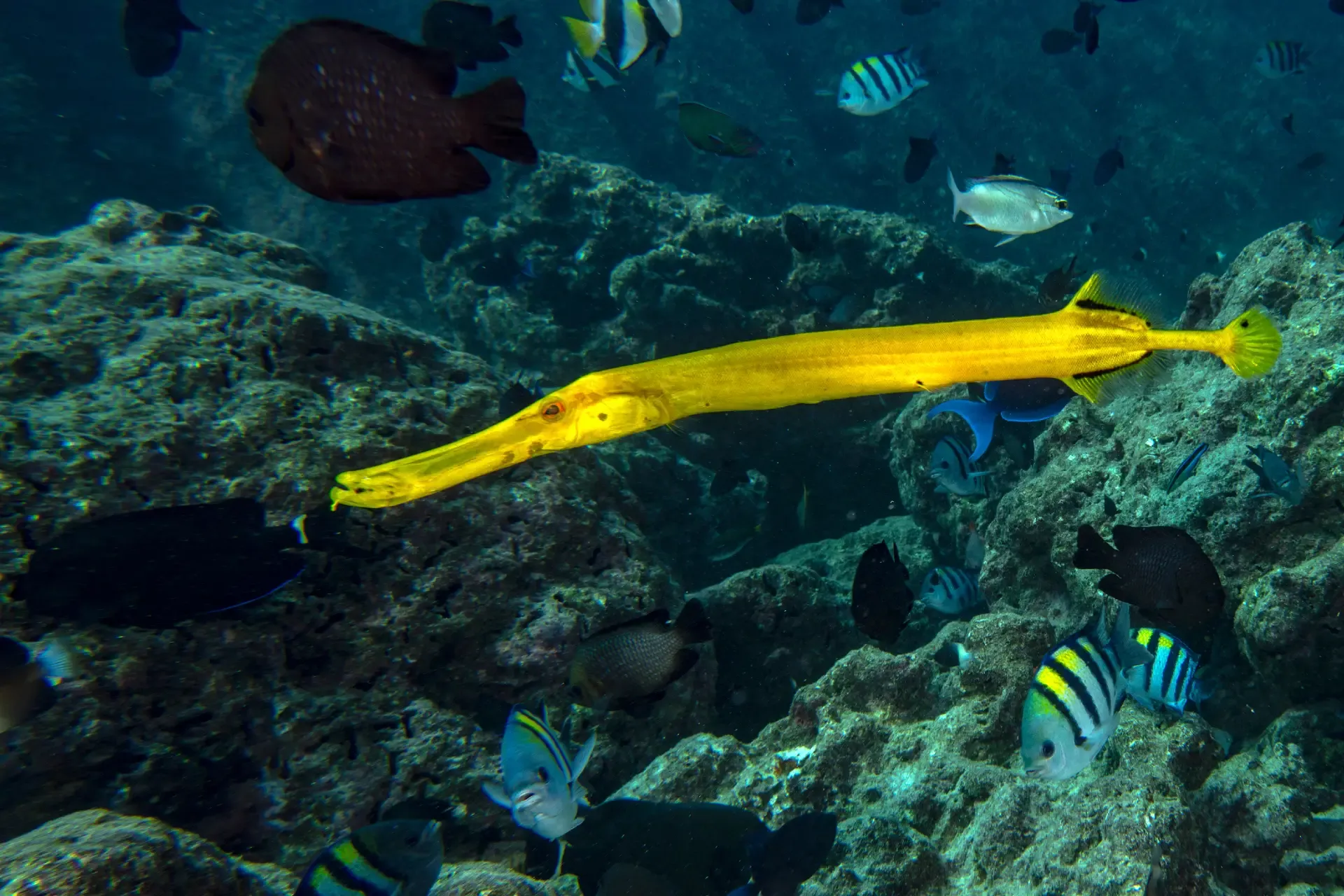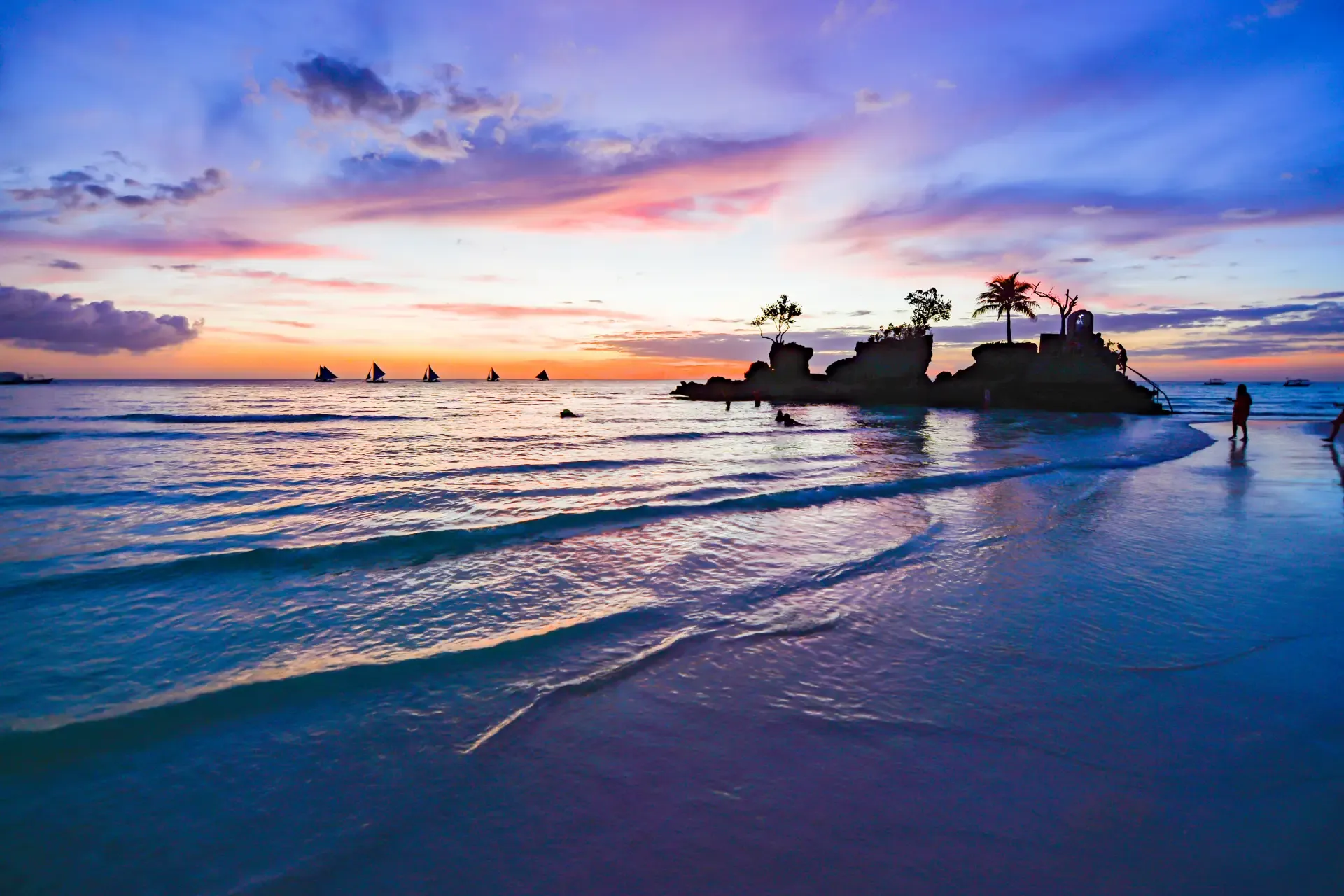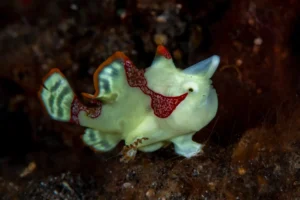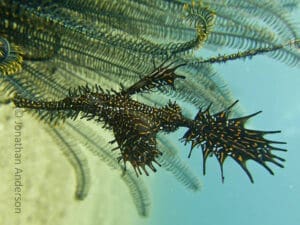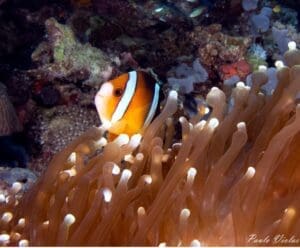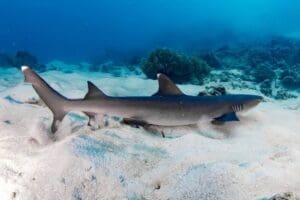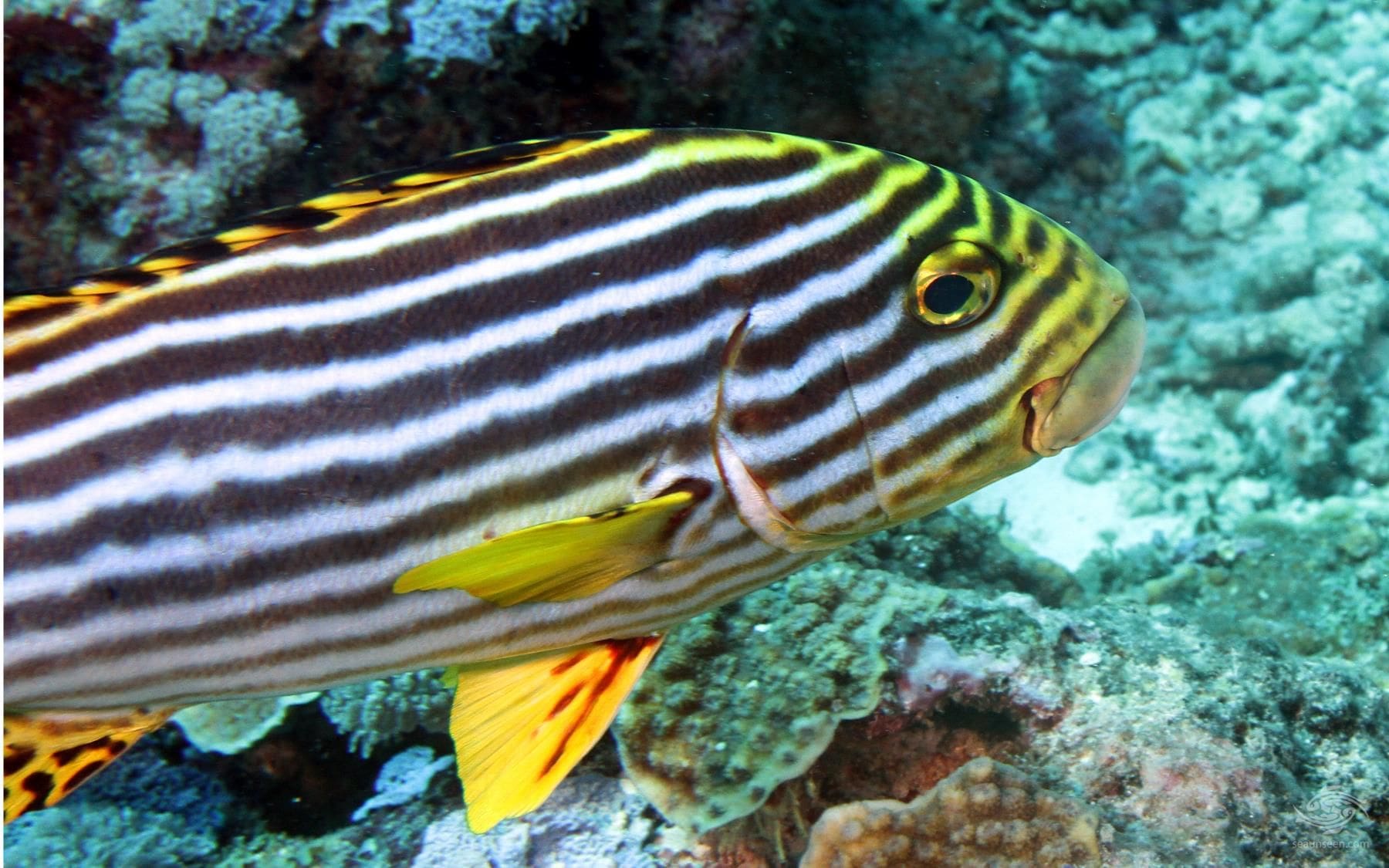Best Time to Dive in Boracay Island (2025 Guide)
Best Time to Dive in Boracay Island (2025 Guide) | Scuba Diving Tips from New Wave Divers
Discover the best time to dive in Boracay Island! Learn when to experience the best visibility, warm waters, and vibrant marine life. A must-read guide for anyone looking to go scuba diving in Boracay.
Why Timing Matters for Scuba Diving in Boracay
If you’re planning a trip to the Philippines and looking for things to do in Boracay, scuba diving should be at the top of your list. But when exactly is the best time to dive in Boracay?
At New Wave Divers, a top-rated Boracay diving school, we recommend diving between April and June—and here’s why this season offers the most spectacular underwater experience on the island.
🌤️ April to June: The Best Months for Diving in Boracay
1. 🌊 Crystal Clear Visibility (Up to 30 Meters!)
April marks the beginning of the Philippine summer, when the wind begins to drop and eventually changes direction by late June. During this period:
- Waves are minimal.
- Water is calm and flat.
- Sediment and plankton levels are low.
These factors combine to create exceptional visibility, sometimes reaching up to 30 meters—perfect for exploring Boracay’s deep dive sites like Punta Bunga and Yapak.
💡 Tip: These months are ideal for underwater photography and deep dives.
2. 🌡️ Warm Water – No Wetsuit Needed!
The water temperature during this season ranges from 28°C to 32°C, making wetsuits almost unnecessary. Most divers describe the feeling as “bathing in a natural aquarium.”
It’s a refreshing way to dive—light, easy, and extremely enjoyable. Whether you’re a beginner or certified diver, this season feels magical underwater.
3. 🏝️ Picture-Perfect White Beach & More Fish Activity
Every year, early April marks the end of the algae season in Boracay. That means:
- The White Beach is at its cleanest and brightest.
- The water is visibly clearer even from the shore.
- Marine life is thriving thanks to healthy post-algae nourishment.
This creates ideal conditions not just for diving, but for relaxing, snorkeling, and exploring the natural beauty of the island above and below the surface.
🐠 Diving Seasons in Boracay – What to Expect Year-Round
Even though April–June is the best period, Boracay is a year-round scuba diving destination. Here’s a quick breakdown of what to expect in other seasons:
🧭 November to March – The Calm Classic
- Great for all-level divers.
- Visibility is moderate (10–20 meters).
- Encounter sea turtles, reef sharks, and nudibranchs, ghost pipefish
- Water temp: 24–26°C
April to June – The Diving Time
- Great for all-level divers.
- Visibility is excellent (20–30 meters).
- Encounter sea turtles, Batfish, Snappers and blue spotted ribbontail Rays
- Water temp: 27–29°C
🌧️ July to October – Rainy Season (Habagat)
- Occasional rain, but diving is still possible in the Back Beach.
- Perfect for macro diving: nudibranchs, ghost pipefish, frogfish, turtle.
- Water temp: 27–29°C
- Visibility may drop slightly (15–25 meters), but marine life is active and exciting.
🧜♀️ Make the Most of Your Boracay Dive Trip
At New Wave Divers Boracay, we offer a full range of experiences:
- 🐟 Fun Dives for Scuba Divers, Free Diver and Mermaid diver
- 🧜♀️ Mermaid Diving & Photoshoots
- 🎓 Diving Courses & Certifications
- 🧑🏫 Free Diving Courses & Certifications
- 🐟 Snorkeling Tour Adventure
Whether you’re a first-time diver, looking for things to do in Boracay, or planning to become a certified diver, we’ve got you covered with professional instructors and top-tier equipment.
📅 Ready to Dive into Paradise?
Don’t miss out on Boracay’s best diving season. Book your dive trip now and make the most of the crystal-clear waters, colorful reefs, and unforgettable experiences.
👉 Contact New Wave Divers to start your underwater adventure today.
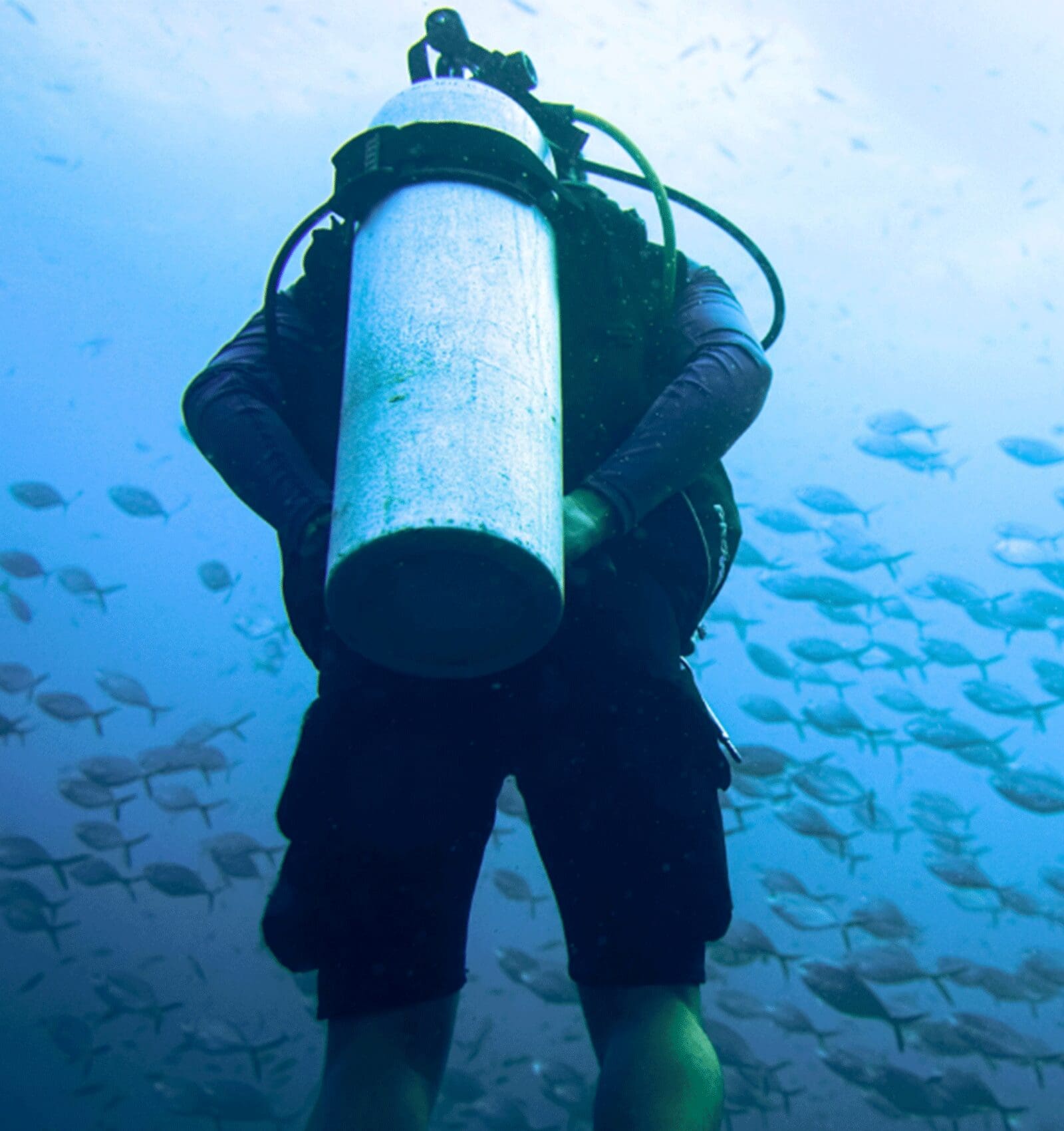
Wish to know more about diving ? Visit our web site and find out more information or contact us! Our team will be delighted to answer your questions. We hope to hear from you soon!
